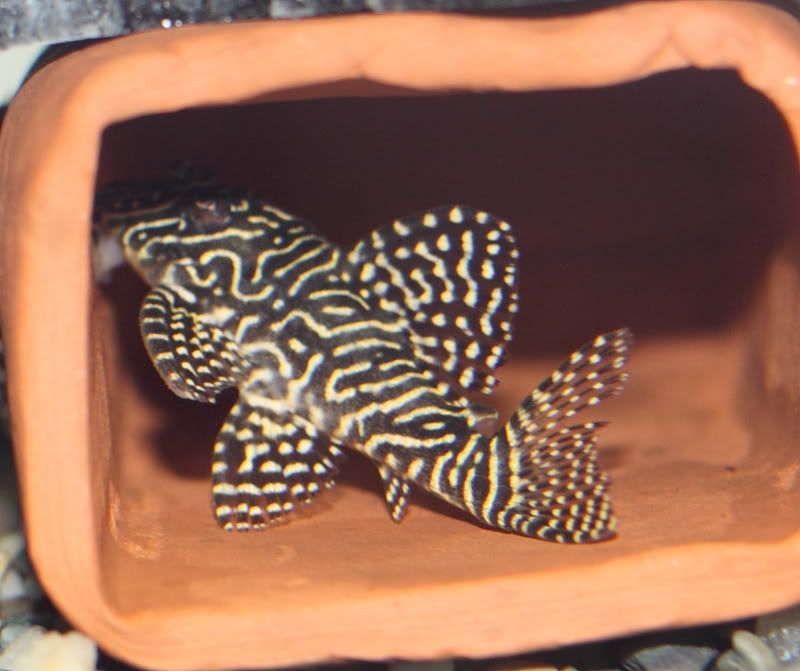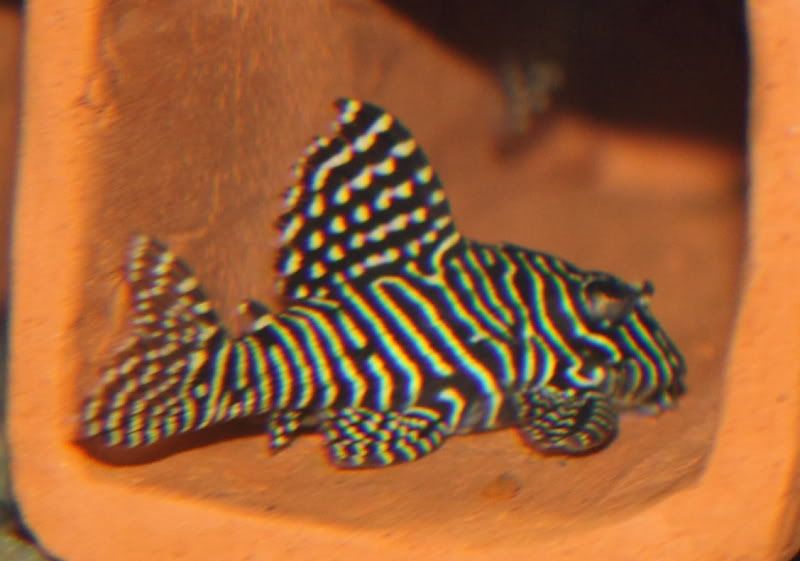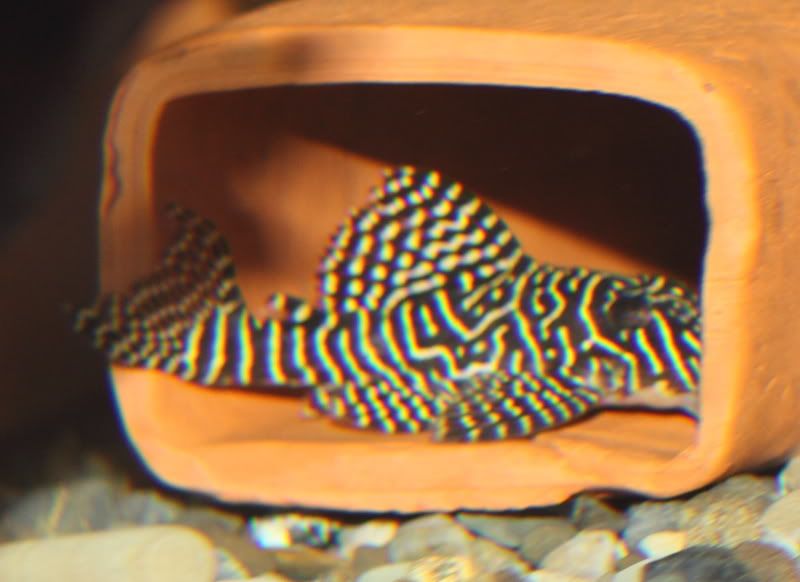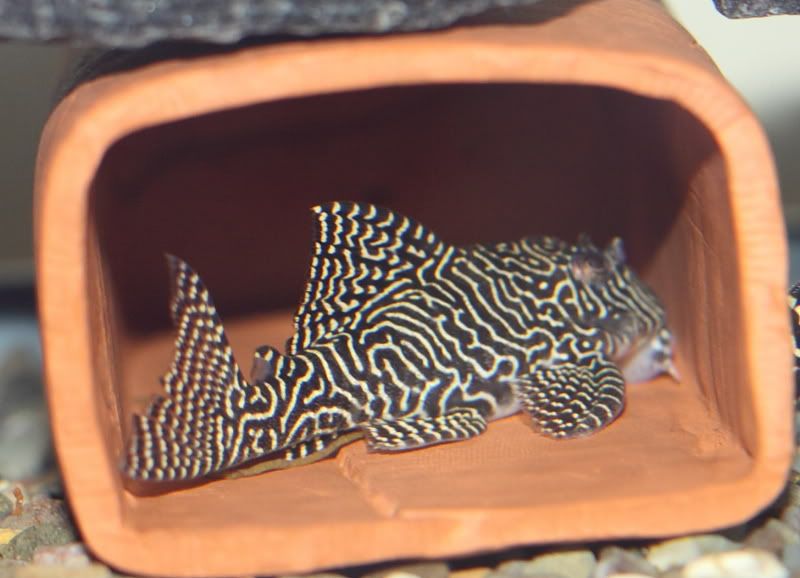
#2 approx 1.25" long

#3 approx 1.5" long

#4 approx 2" long





I highly doubt this would work, the patterns of a juvenile will look different from the adult because the adult will have more lines. As mentioned, the fine lines of L260 do stay quite thin as the fish grow. The color pattern changes as the adult has way more lines than a juvenile. I haven't tracked color pattern as L260 grow, but I hypothesize the old lines spread apart as the fish grow and new lines appear between them. On the other extreme, H. zebra is an example of a species where the juvenile looks very similar as an adult, however, there is also very little variation between individuals of H. zebra which makes identification difficult.jp11biod wrote:Barbie, so a photo of unique markings of a young adult can be used to identify an older adult later?
does this hold true for all striped L-numbers?
JS